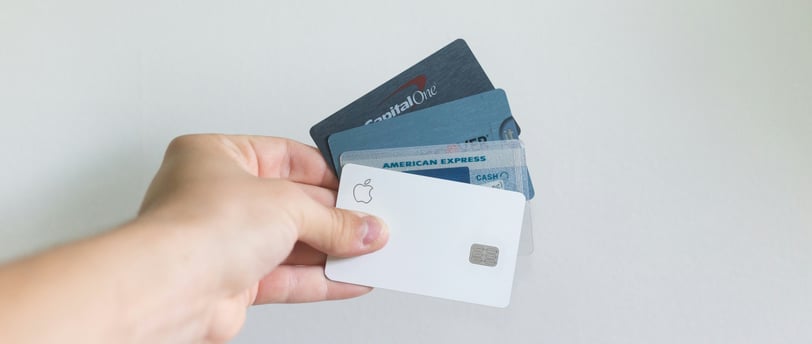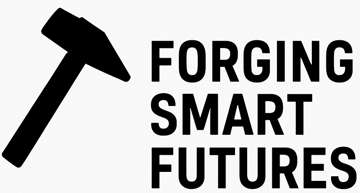How to Fix Your Credit (Without Getting Ripped Off)
Bad credit doesn’t have to follow you forever—and you don’t need a scammy service to fix it. Here’s how to start rebuilding your credit the smart, honest way, one step at a time.
5/24/20252 min read


How to Fix Your Credit (Without Getting Ripped Off)
Let’s be clear about something up front:
Bad credit doesn’t make you a bad person.
Life hits hard—divorce, job loss, medical debt, missed payments. And before you know it, your score is dragging behind you like a weight you can't drop.
But here’s the truth:
You don’t need a miracle—or a scammy credit repair service—to fix it.
You just need a plan that actually works.
⚠️ Step 1: Avoid "Clean Up" Scams
If someone says they can “erase” your credit history for a fee, run.
No company can legally delete accurate, negative information from your report—no matter how much you pay them.
You don’t need to pay someone to fix your credit.
You need to understand it and take control of it.
📋 Step 2: Get Eyes on Your Reports (For Free)
You can’t fix what you don’t see.
Start by pulling your full credit reports from all three bureaus:
AnnualCreditReport.com (official source for free reports)
Or use Credit Karma for an easier, ongoing look at your Equifax and TransUnion scores
Credit Karma is totally free and gives you:
A real-time look at your credit score
Alerts on changes
A breakdown of what’s helping or hurting your score
It’s not perfect, but it’s a solid starting point if you’ve never tracked your credit before.
🧱 Step 3: Pay On Time (Even If It’s Just the Minimum)
It’s not flashy—but it’s powerful.
Payment history makes up 35% of your credit score.
That means every on-time payment counts.
Start by:
Setting up auto-pay on your smallest or most consistent bills
Calling past-due creditors to ask for a hardship plan
Focusing on one account at a time
💳 Step 4: Rebuild with the Right Tools
Once you’ve stabilized, start rebuilding with starter-friendly credit tools:
Secured credit card – You make a deposit and use the card like normal (low risk, high impact)
Credit builder loans – Monthly payments go into a savings account and count toward your credit history
Both are great entry points and can help show positive movement in 3–6 months.
You Don’t Need a Shortcut—You Need a System
Fixing your credit takes time.
But it works—especially when you skip the shady shortcuts and use the right tools.
At Forging Smart Futures, we’ve lived through bad credit.
We’ve done the work to come back from it—and we know you can, too.
So check your report.
Track your score.
And start making the moves that get you closer to the life you’ve earned.
Want a Place to Track It All?
[Grab The Real Money Reset Kit](#) — our free printable credit log, debt tracker, and beginner-friendly budget to help you forge your way forward—without the fluff.
